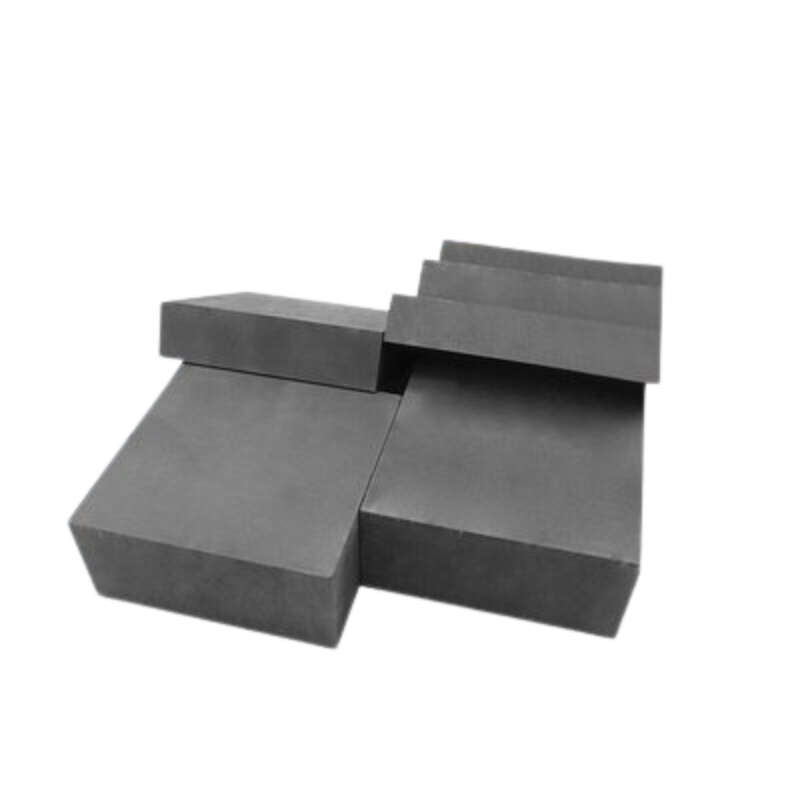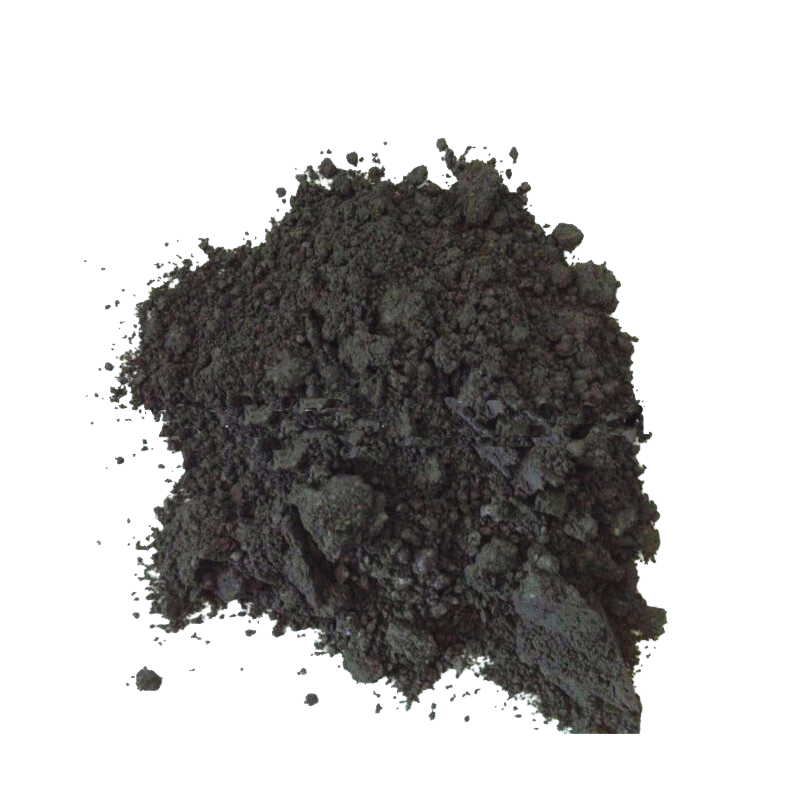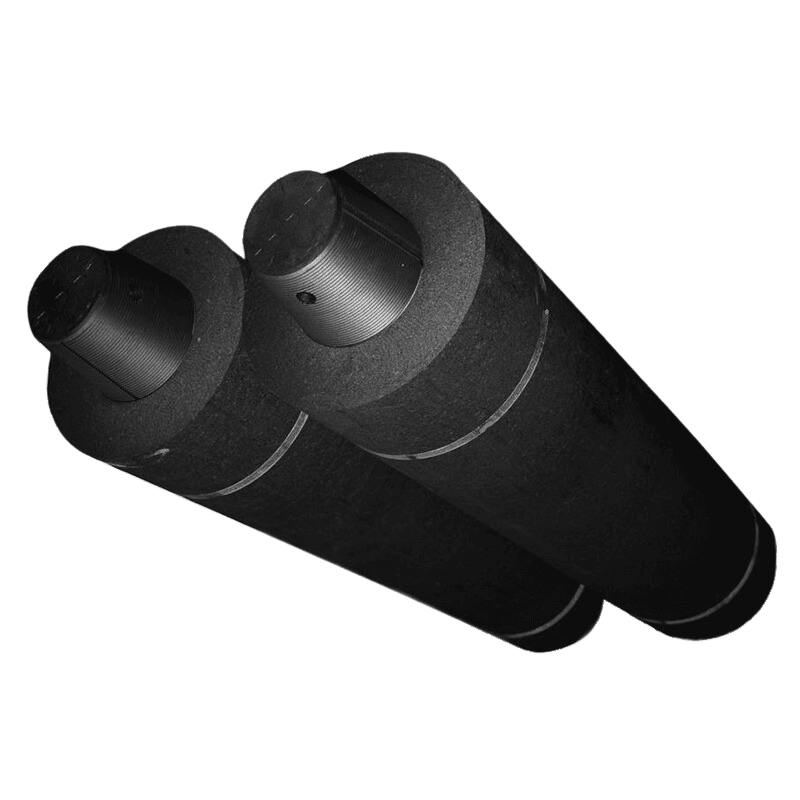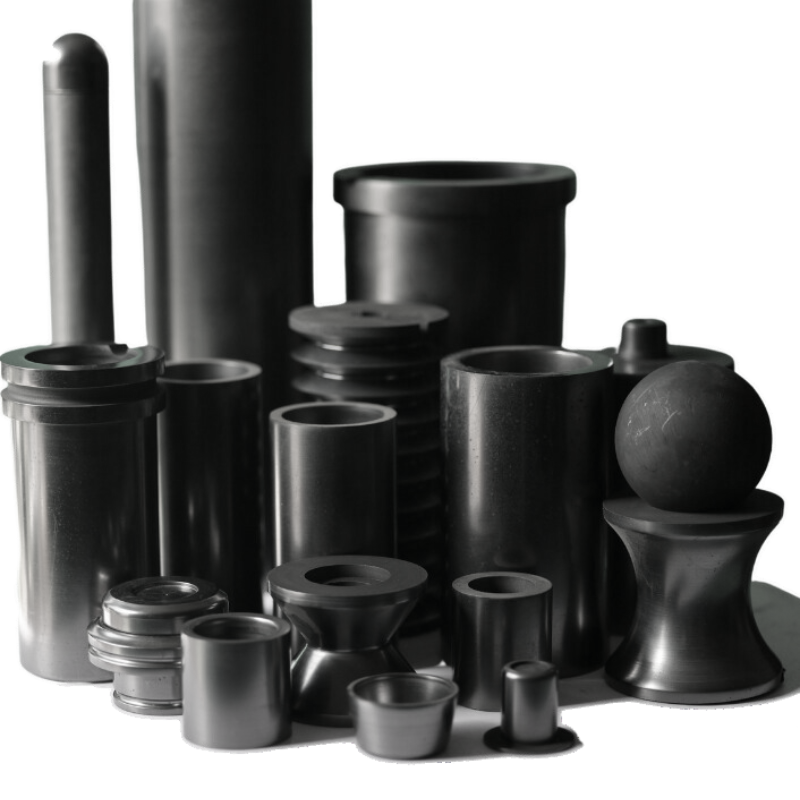Introduction:
Graphite molds play a pivotal 1.ole in various industries, from automotive to aerospace, enabling the precision casting of intricate components. As demand for high-quality and complex parts continues to rise, it becomes crucial to understand the life cycle of graphite molds. In this article, we delve into the Graphite Mold Life Cycle Analysis, exploring key stages and factors that influence mold longevity, efficiency, and sustainability.
1.Raw Material Selection and Manufacturing:
The life cycle of a graphite mold begins with the careful selection of raw materials. High-quality graphite, known for its exceptional thermal conductivity and stability, is a cornerstone in mold production. During the manufacturing process, precision and consistency are paramount to ensure the mold’s structural integrity and durability.
Optimizing this initial phase is vital not only for mold performance but also for environmental sustainability. Minimizing waste, energy consumption, and emissions during manufacturing contributes to a greener production process.
2.Mold Preparation and Pre-Use Conditioning:
Once manufactured, graphite molds undergo meticulous preparation and pre-use conditioning. This involves surface treatment and coating to enhance mold release properties and reduce wear. Proper conditioning significantly influences the mold’s lifespan and the quality of the cast parts.
During this phase, it’s essential to strike a balance between maximizing mold performance and minimizing the use of conditioning materials. This not only contributes to cost-effectiveness but aligns with sustainable practices by reducing the environmental impact of conditioning agents.
3.Casting Operations and In-Service Life:
The heart of the graphite mold life cycle lies in its casting operations. The efficiency and lifespan of the mold are closely tied to the casting process. Factors such as temperature control, alloy composition, and cycle times all influence the wear and tear on the mold.
Implementing best practices in casting operations not only extends the in-service life of the graphite mold but also optimizes resource utilization. A well-maintained mold not only ensures the production of high-quality components but also minimizes the need for frequent replacements, contributing to both economic and environmental sustainability.
4.Maintenance and Repair:
Regular maintenance and, when necessary, timely repairs are crucial aspects of maximizing the graphite mold’s life cycle. Inspections for cracks, surface degradation, and dimensional accuracy are essential to identify issues early on. The use of advanced non-destructive testing methods can aid in assessing the structural integrity of the mold without causing any damage.
Efficient maintenance practices not only extend the life of the mold but also reduce the overall environmental footprint associated with frequent replacements. Moreover, incorporating repair techniques that minimize waste and energy consumption further aligns with sustainable manufacturing principles.
5.End-of-Life Considerations and Recycling:
At the end of its operational life, a graphite mold can still contribute to sustainability through responsible disposal or recycling. Graphite is recyclable, and various methods exist to reclaim and repurpose the material. Recycling graphite molds not only reduces the demand for new raw materials but also minimizes the environmental impact associated with traditional disposal methods.
Efforts in developing and adopting recycling technologies for graphite molds are crucial for closing the loop in their life cycle, making the manufacturing process more circular and environmentally friendly.
Conclusion:
Graphite molds are indispensable in modern manufacturing, providing the precision required for complex component production. A comprehensive Graphite Mold Life Cycle Analysis emphasizes the importance of sustainable practices throughout the mold’s journey – from raw material selection to end-of-life considerations.
Balancing efficiency, performance, and sustainability is the key to optimizing the life cycle of graphite molds. By integrating best practices in manufacturing, casting operations, maintenance, and recycling, industries can not only enhance their economic viability but also contribute to a more sustainable and environmentally conscious future. Understanding and implementing these principles are essential steps towards a greener and more efficient use of graphite molds in various manufacturing processes.





